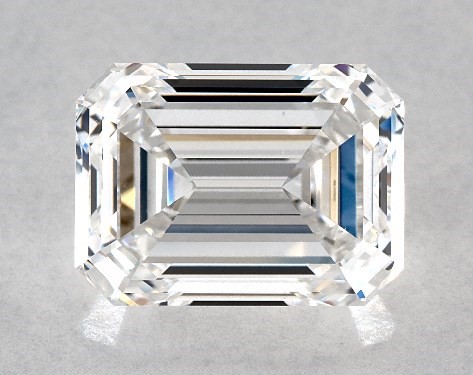- Joined
- Jul 27, 2009
- Messages
- 4,097
If you have a connection with Richard Wise and he will look at the stone for you by all means go that route. There are also a few excellent experts here that you could enlist : @denverappraiser @oldminerThank you all! I live in a small town, do you all think or @Texas Leaguer think my local jeweler would be able to assess it, independently or is specialized equipment involved.? Or, do I need to get someone like Richard Wise (who seems to know a lot about these types of stones as they are mentioned in his book). My mother had a ring made by him and that's why I mention him. However, I think last I heard he is retired?





300x240.png)